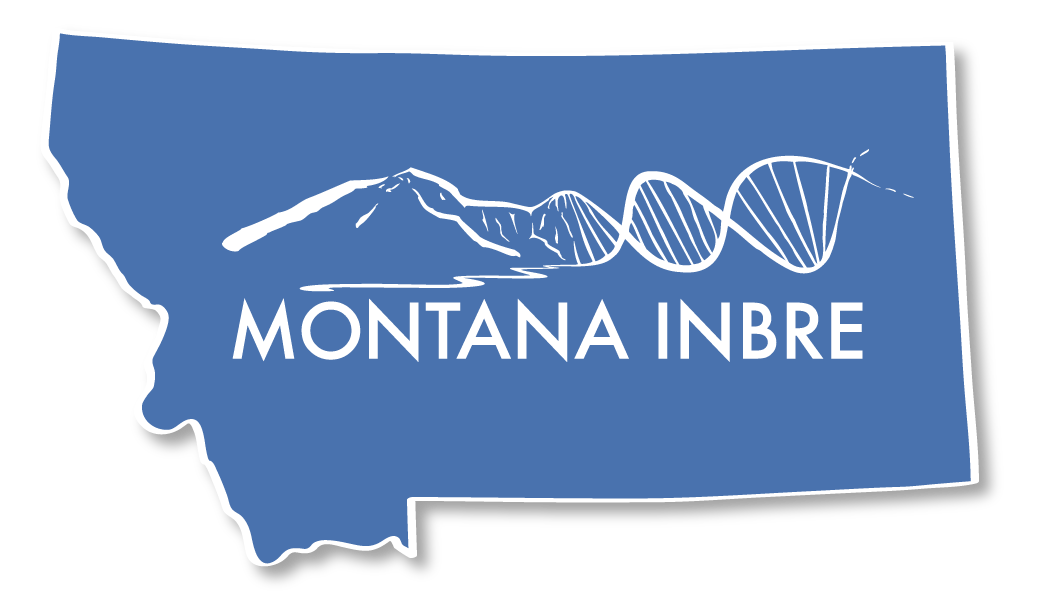Dechlorination of Carbon Tetrachloride
Project Leader: Matt Queen, Montana State University - Billings
Summary

Carbon tetrachloride (CT) is a known carcinogen with historically diverse uses as a solvent, fire extinguisher, and even grain fumigant. The high hepatotoxicity, as well ground water contamination issues due to improper disposal, led to CT being listed as a priority pollutant by the U.S. EPA. Most environmental metallic, and biological, reductions of CT proceed via a one-electron reduction to the trichloromethyl radical which is implicated in tissue damage, leading to liver toxicity and a number of diseases and biological disorders. 2,6-pyridinedithiocarboxylato (PDTC) and its copper based coordination compound, [Cu(PDTC)L]x, dechlorinate CT using a pathway with human health advantages over other biological and environmental remediation systems. [Cu(PDTC)L]x decomposes CT reductively forming trichloromethyl radical, but once formed the radical goes on to react with the sulfur-containing PDTC ligand to ultimately form carbon dioxide, thereby avoiding further radical chemistry.
Our group is interested in optimizing, through proligand derivatization, PDTC ligands to achieve optimal solubility, and CT dechlorination reactivity, for use in environmental remediation efforts. The mechanism for [Cu(PDTC)L]x/CT dechlorination is still contested in the literature. In this study we intend to use multi-edge X-Ray Absorption Spectroscopy to investigate the complete ground state electronic structure for a series of [Cu(PDTC)L]x coordination compounds. This experimental electronic structure will be used to optimize theoretical computational models of the [Cu(PDTC)L]x/CT potential energy surface. The mechanistic insights gained form this optimized potential energy surface model will ultimately allow for rationalized computer aided design of PDTC proligands for use in environmental remediation technologies.
Specific Aims
- Use X-Ray Absorption Spectroscopy and chemical kinetics assays to experimentally determine if the dechlorination of carbon tetrachloride (CT) by [Cu(PDTC)L]x proceeds via an inner or outer sphere mechanism
- Use X-Ray Absorption Spectroscopy and chemical kinetics assays data to experimentally determine the effects of derivatization on the complete electronic structure of the [Cu(PDTC-S)Br]x coordination compounds
- Use multi-edge X-Ray Absorption Spectroscopy data to calibrate reliable density functional theory methodologies to model the complete [Cu(PDTC)L]x CT dechlorination potential energy surface.
Primary Contact
Matt Queen matt.queen1@msubillings.edu

